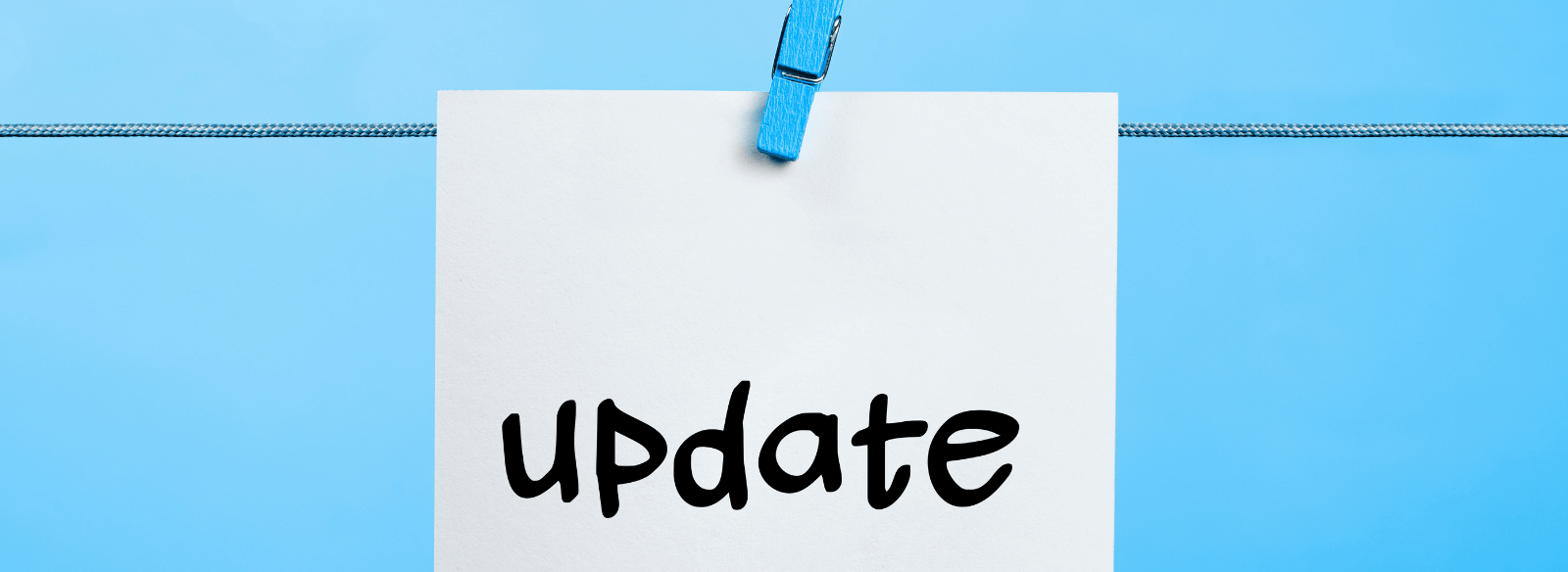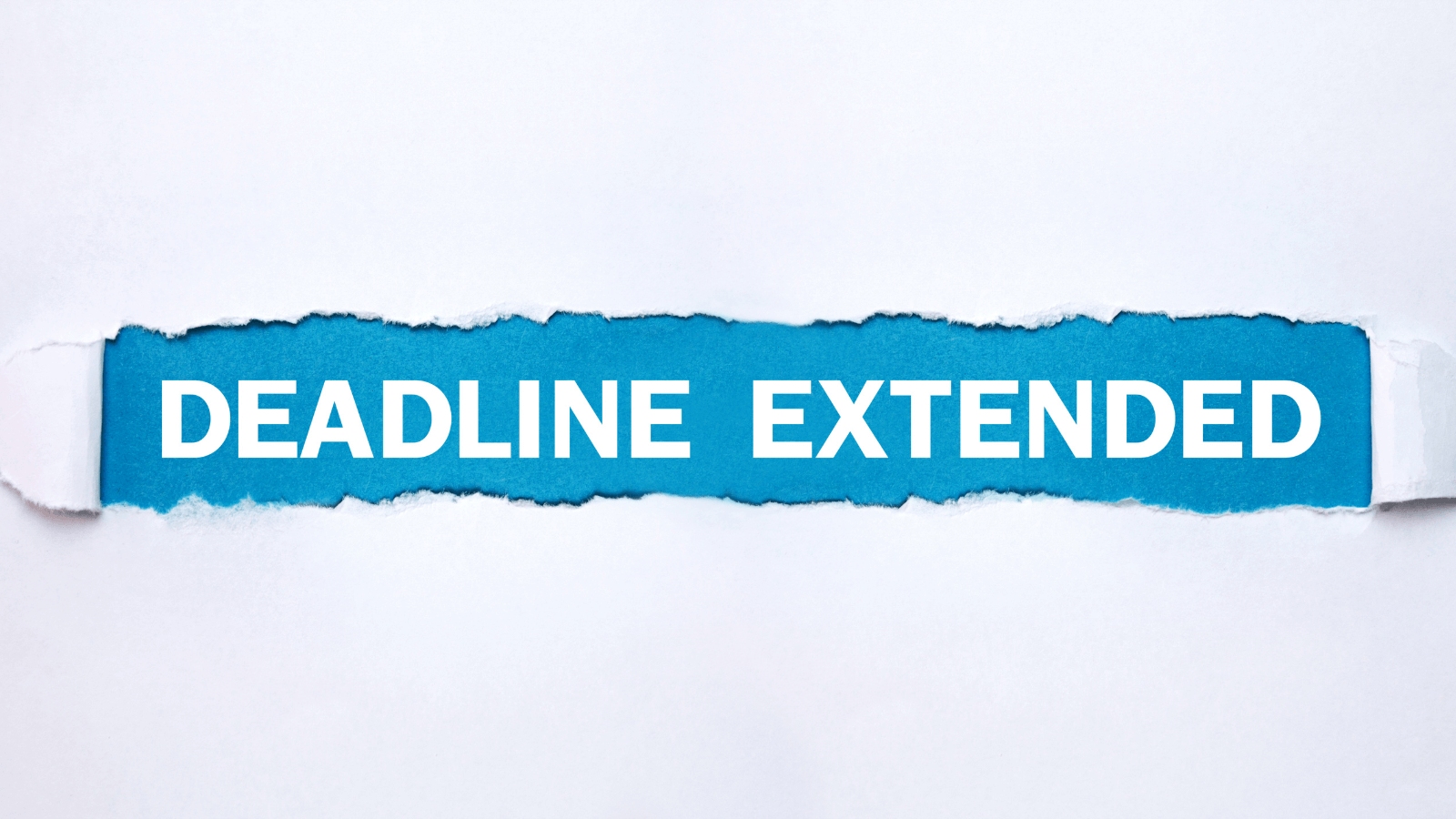Mar 30, 2021
2 min read
The PPP Application Deadline Has Been Extended to May 31st
With the rapidly approaching PPP deadline looming overhead, businesses who still...
Read story

Last week, the Small Business Administration (SBA) announced several changes to the Paycheck Protection Program (PPP). What are the changes and what do they mean for your business? Read on to find out.
On February 24th, 2021, the SBA began an exclusive 2-week PPP loan application window for businesses with fewer than 20 employees. In an effort to reach more underserved smaller businesses, the SBA will only process PPP loan applications of businesses and nonprofits with fewer than 20 employees during this period of time. According to the release from The White House and data from the SBA, although 98% of small businesses employ fewer than 20 people, they have received only 45% of PPP funding thus far. Once the 2-week window has ended on March 10th, 2021, larger businesses may resume applying.
According to the SBA, new changes to PPP guidelines will, “allow sole proprietors, independent contractors, and self-employed individuals to receive more financial support by revising the PPP’s funding formula for these categories of applicants.” Up until now, these businesses types typically qualified for low loan amounts due to the PPP loan calculations being based on the number of employees a business had. The statement from The White House explains how many of these businesses have previously been “structurally excluded from the PPP or were approved for as little as $1 because of how PPP loans are calculated. To address this problem, the Biden-Harris administration will revise the loan calculation formula for these applicants so that it offers more relief, and establish a $1 billion set aside for businesses in this category without employees located in low- and moderate-income (LMI) areas.”
While we’re still awaiting the release of the specific guidelines for the loan calculation formula from the SBA, we do know that the change will allow solo workers to use gross income to calculate their loan amounts. This change will ultimately allow sole proprietors, independent contractors, and self-employed individuals to qualify for larger loan amounts than before. We will continue to monitor the situation for new developments and will be adding new information as soon as it becomes available.
Several exclusionary restrictions have been eliminated which will now allow applicants that fall into the following categories access to PPP loans:
We’ve got answers! Our COVID-19 Resource Center has up-to-date information and helpful tips for business owners like this guide to PPP FAQs and this PPP Application Checklist.
For more information about how to apply for a PPP loan, click here or call us at (844) 284 – 2725.

Mar 30, 2021
2 min read
With the rapidly approaching PPP deadline looming overhead, businesses who still...
Read story

Mar 09, 2021
4 min read
Major changes to the Paycheck Protection Program (PPP) were announced on...
Read story

Jan 29, 2021
3 min read
If you’ve applied for a Paycheck Protection Program (PPP) loan or...
Read story

A funding specialist will get back to you soon.
If you can’t hang on then give us a call at (844) 284-2725 or complete your working capital application here.